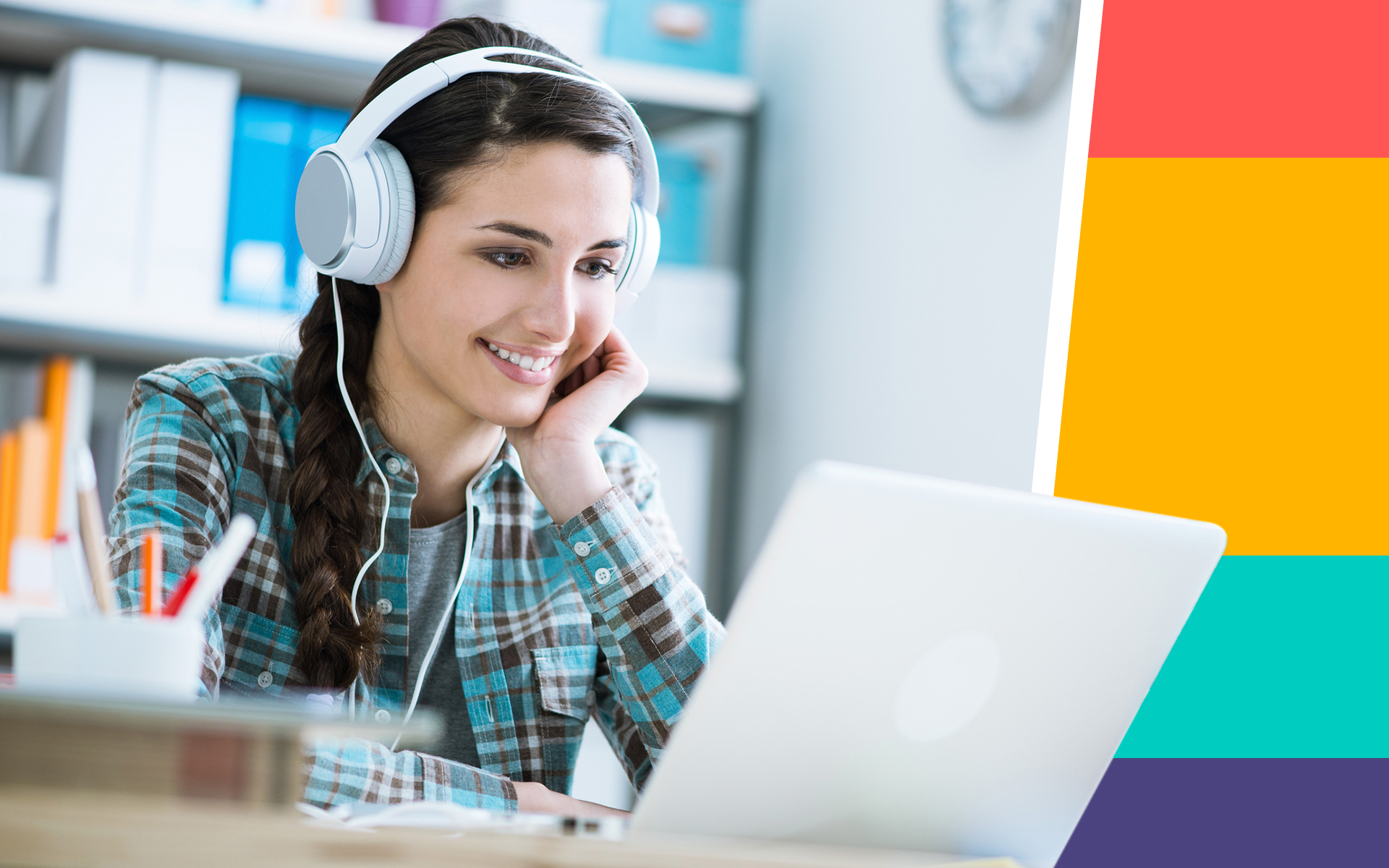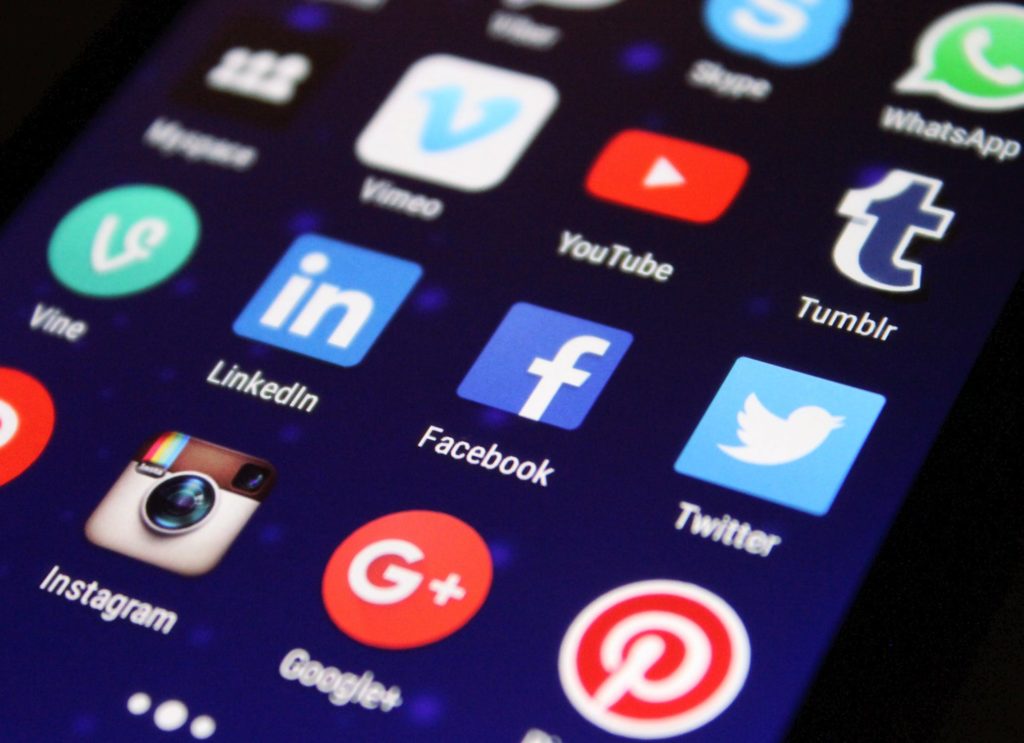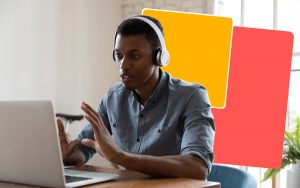
We are a reader-supported education publication. When you buy through links on our site, we may earn an affiliate commission to help us keep providing content.
Remote learning has become the new normal for so many classrooms and families. Whether you’re a college student managing an entirely new format of work or you’re a high school student with a full schedule of Zoom classes, learning from home is likely uncharted territory, and unfortunately that territory comes with an excessive amount of screen time that most students aren’t used to.
The concept of screen fatigue — and even screen time — is a bit new, as personal devices and computers as we know them now have only been around for a few years. While the jury is still out on exactly how much screen time is healthy for any given person, it’s safe to say that the national average for teenagers of over seven hours each day is far too much — and that’s just personal screen time alone. With school going digital and so much entertainment at your fingertips, you could risk heavy screen fatigue.
Screen fatigue often affects the eyes, though it can also do much more. By staring at a screen for too long, you may wind up with eye pain, dry eyes, headaches, poor sleep patterns, and even vertigo. Screen fatigue is no joke for remote learning students, but when your education demands it, what are you to do? If you’re looking to curb the screen fatigue, there are a few ways you can protect your vision while still learning and working hard.
1. Limit Personal Screen Time
This one might be the most obvious, but it works the best. If you’re feeling the screen fatigue, the best thing you can do to stop it is get off screens as much as possible.
While you’re online for your classes, it’s important to minimize distractions that can lead to you spending more overall time on a screen — especially if those distractions are also online activities like social media.
While relaxing and spending leisure time on social media, watching videos and working on creative projects in your digital space may be fun, it’s so much less fun when it causes you fatigue and discomfort.

Try spending some much needed time outdoors — or if you’re looking for a quiet activity indoors, you can journal, read, work on a craft or cook something creative. Especially if you happen to be one of those people with a seven hour screen time count, cutting just a few of those hours can do wonders for you.
2. Adjust Your Lighting
Sometimes, lighting can also be an issue. While it’s easiest to see your screen when the rest of your room is pitch dark, it could be at the expense of your eyes. If you need to be on a screen for much of the day, try out different lighting solutions and make sure your space is well lit around you. Better yet, move to a space in your room or living space with better natural lighting to improve your focus. It might seem small in the moment, but it will help your eyes in the long run by not forcing you to adjust drastically when you look away from the screen.
3. Use the 20-20-20 Rule
Taking breaks is always beneficial when spending extended periods of time on your devices. Specifically, experts usually recommend the 20-20-20 rule for the best results. The 20-20-20 rule states that when spending extended periods of time on a screen, you should take a 20 second break every 20 minutes, and stare at something about 20 feet away from you. This technique can relax the eye muscles and reduce the fatigue you feel over time.
You can set an alarm or even use an app to help remind you to take your breaks every 20 minutes but it doesn’t have to be an exact science either. While sticking to the rule will always help keep you on track, you can always try to take longer breaks if a class goes on for a long time. Stepping away from the screen completely is a great way to take your breaks if you can.
4. Use Blue Light Filters
Many people can speak to the effectiveness of blocking blue light from screens in order to reduce eye strain and discomfort of the ocular muscles. While studies are inconclusive about the exact nature of their effectiveness, they certainly don’t hurt, either. You can find all kinds of blue light filters — from blue light glasses with or without your prescription to screen covers that go right on your computer. You can try out different methods or go with whichever seems most comfortable to you.
Blue light filters aren’t a replacement for taking breaks or improving your lighting, but they do have the potential to make the experience of necessary screen time much healthier and more comfortable.

Limiting Screen Fatigue for the Best Remote Learning Experience
For your comfort, health, and overall remote learning experience, it’s important to try and reduce screen fatigue as much as possible. Your education is important, but so is your health and wellness. By taking some personal time away from screens, taking breaks, and adjusting your surroundings a bit, you can keep your screen fatigue in check, even when your classroom is all online.









